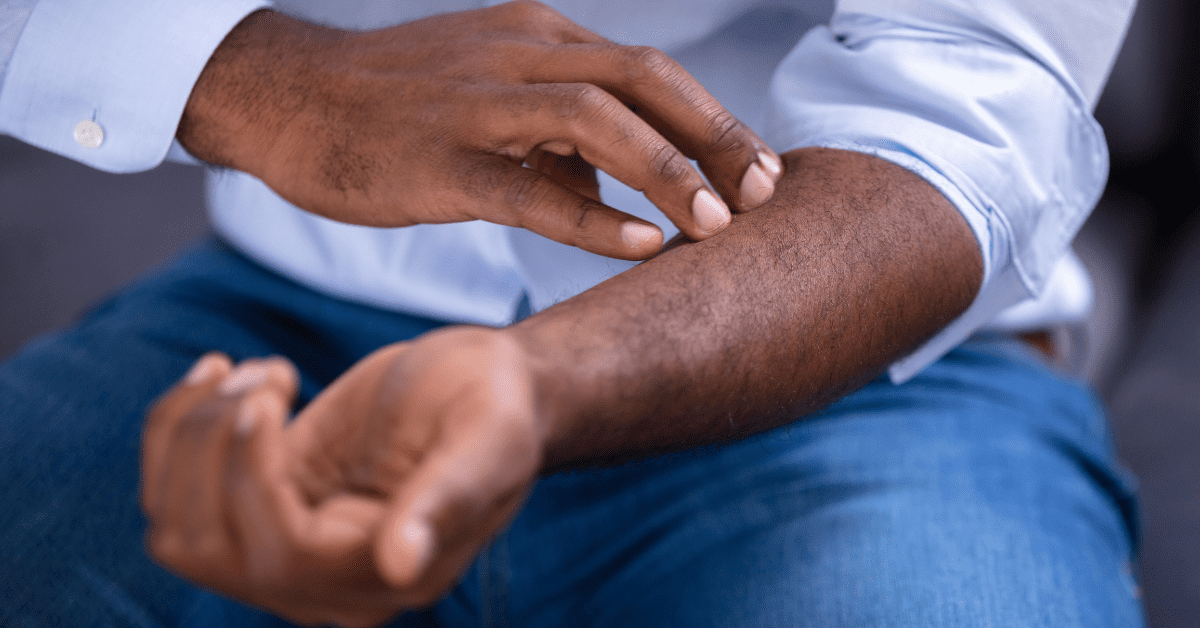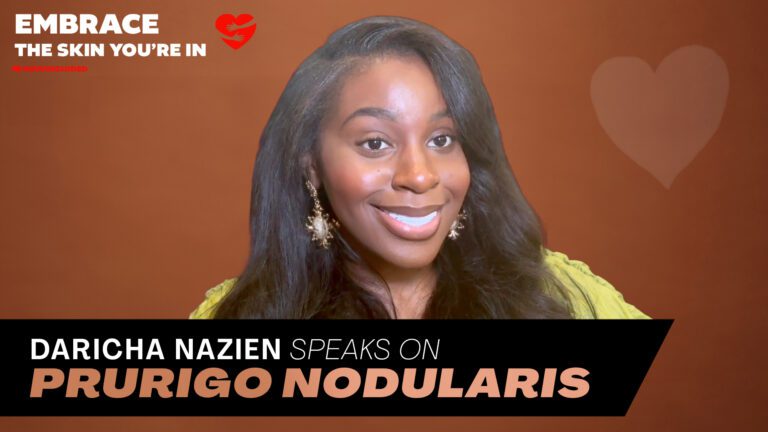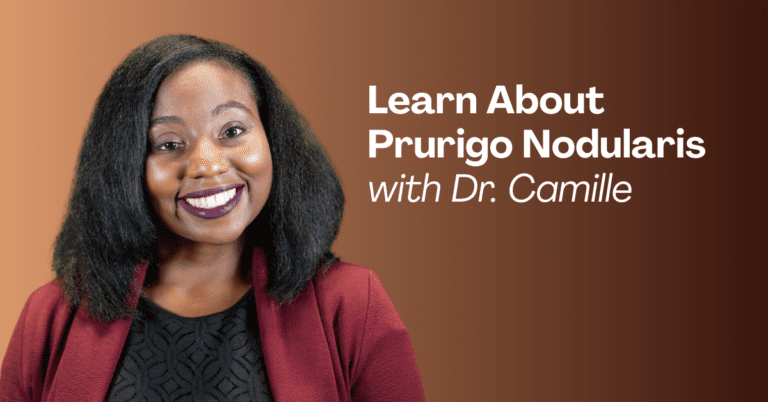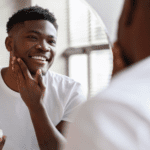Prurigo nodularis (PN) is a chronic (long-term) skin condition characterized by intensely itchy, firm nodules that appear on the arms, legs, and trunk. This condition significantly affects the quality of life due to relentless itching and discomfort. While the exact cause is not fully understood, PN is often associated with underlying conditions such as atopic dermatitis, diabetes, or neuropathic disorders. Fortunately, various treatment options and preventative measures can help manage symptoms and improve daily living.
Treatment Options
Topical Therapies
Topical treatments are often the first line of therapy for PN. Corticosteroids are commonly prescribed to reduce inflammation and itching.¹ These may be applied as creams or ointments directly to affected areas. In refractory cases, topical calcineurin inhibitors (e.g., tacrolimus) may be used as an alternative to corticosteroids.² Other topical options include capsaicin cream, which helps desensitize nerve endings and reduce itching.³
Systemic Treatments
For moderate to severe cases, systemic therapies may be necessary:
- Antihistamines: These can help control itching but are often insufficient alone for PN management.⁴
- Immunosuppressants: Drugs such as methotrexate, cyclosporine, and mycophenolate mofetil may be used in severe cases to modulate the immune response.⁵
- Biologic Therapies: Emerging treatments include monoclonal antibodies that target IL-4, IL-13, and IL-31 pathways (pathways associated with itch). Dupilumab, an IL-4 and IL-13 inhibitor, has also shown promising results in PN treatment.⁶
- Neuromodulators: Medications such as gabapentin and pregabalin, originally used for neuropathic pain, can help control the itch-scratch cycle in PN.⁷
Phototherapy
Ultraviolet (UV) light therapy, particularly narrowband UVB, has been effective in reducing PN lesions and itch. This therapy works by modulating the immune response and decreasing nerve hyperactivity in the skin.⁸
Cryotherapy and Lesion Destruction
In cases where nodules are particularly thick and resistant to treatment, cryotherapy (freezing lesions with liquid nitrogen) or laser therapy may help.⁹ Some people also benefit from intralesional corticosteroid injections to reduce inflammation and nodule size.¹⁰
Preventative Measures
While PN is difficult to prevent entirely, several strategies can help reduce flare-ups:
- Avoiding skin trauma: Scratching exacerbates PN; keeping nails short and using soft cotton gloves at night may help.¹¹
- Managing underlying conditions: Controlling diabetes, atopic dermatitis, or other associated conditions can reduce PN severity.¹²
- Moisturizing regularly: Dry skin can worsen PN; using petroleum jelly or ceramide-based creams helps maintain skin barrier function.¹³
- Stress management: Psychological stress can contribute to itching. Techniques such as mindfulness, cognitive behavioral therapy, and meditation may help.¹⁴
Living with Prurigo Nodularis
Daily life with PN can be challenging due to persistent itching and sleep disturbances. People living with the condition often rely on lifestyle modifications, such as wearing soft, loose-fitting clothing and using cooling agents (e.g., menthol creams) for temporary itch relief. Support groups and counseling can also provide emotional relief and coping strategies. New advancements in biologic therapies offer hope for better symptom control and improved quality of life for PN sufferers.
By combining medical treatments with preventative care and lifestyle adjustments, individuals with PN can find relief and enhance their well-being.
References
- Ständer S, et al. J Eur Acad Dermatol Venereol. 2020;34(5):889-898 Retrieved from https://doi.org/10.1111/jdv.16234.
- Elmariah SB, et al. Br J Dermatol. 2019;180(5):1152-1159 Retrieved from https://doi.org/10.1111/bjd.17789.
- Yosipovitch G, et al. J Am Acad Dermatol. 2021;84(2):486-492 Retrieved from https://doi.org/10.1016/j.jaad.2020.08.012.
- Wallengren J. Acta Derm Venereol. 2018;98(10):874-880 Retrieved from https://doi.org/10.2340/00015555-2998.
- Singh R, et al. Clin Exp Dermatol. 2022;47(1):76-82 Retrieved from https://doi.org/10.1111/ced.14826.
- Mollanazar NK, et al. JAMA Dermatol. 2020;156(10):1093-1099 Retrieved from https://doi.org/10.1001/jamadermatol.2020.2781.
- Zeidler C, et al. Itch (Phila). 2018;3(4):e11 Retrieved from https://doi.org/10.1016/j.itch.2018.06.003.
- Tan WS, et al. Photodermatol Photoimmunol Photomed. 2021;37(3):167-174 Retrieved from https://doi.org/10.1111/phpp.12689.
- Nattkemper LA, et al. Dermatol Ther. 2019;32(4):e12980 Retrieved from https://doi.org/10.1111/dth.12980.
- Iking A, et al. J Dtsch Dermatol Ges. 2017;15(8):828-834 Retrieved from https://doi.org/10.1111/ddg.13341.
- Pereira MP, et al. Br J Dermatol. 2018;179(3):632-640 Retrieved from https://doi.org/10.1111/bjd.16854.
- Misery L, et al. J Eur Acad Dermatol Venereol. 2020;34(4):755-761 Retrieved from https://doi.org/10.1111/jdv.16021.
- Larkin M, et al. Clin Cosmet Investig Dermatol. 2019;12:695-702 Retrieved from https://doi.org/10.2147/CCID.S223408.
- Matterne U, et al. Psychosom Med. 2020;82(2):187-196 Retrieved from https://doi.org/10.1097/PSY.0000000000000774.











